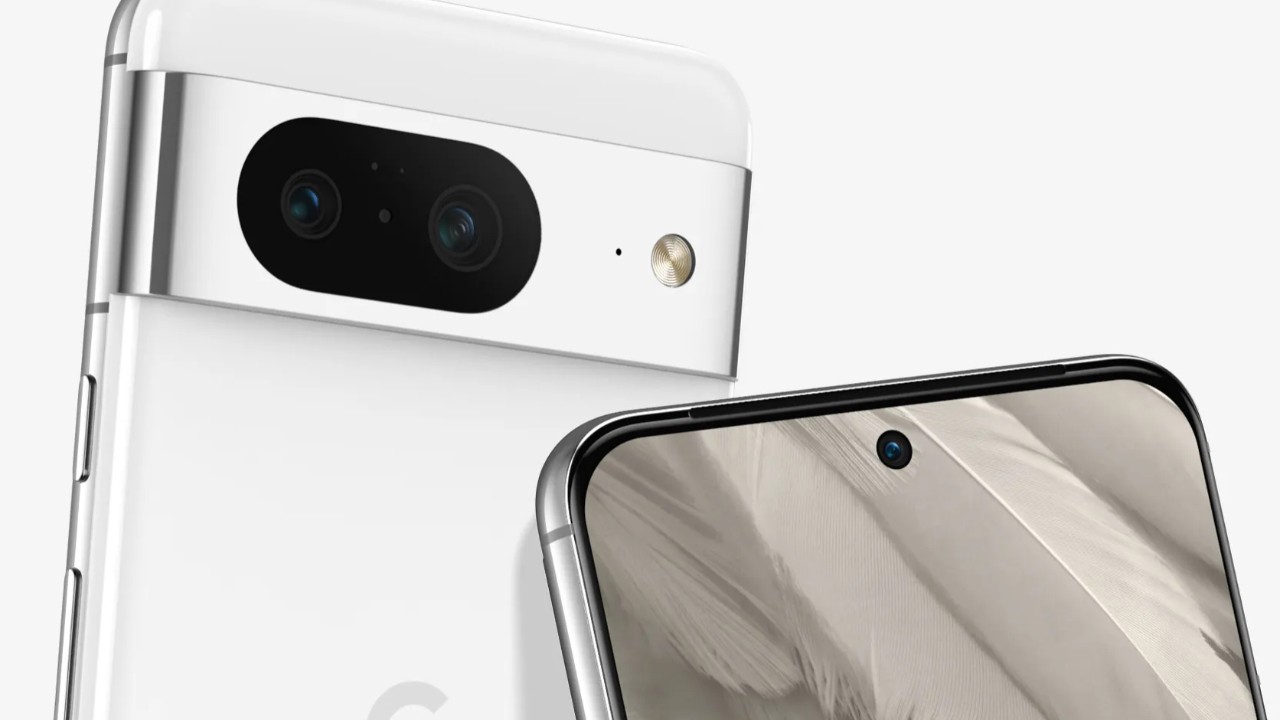Google secured a new patent for placing the camera beneath the screen
The American tech giant, Google, continues to take significant steps to compete with its Pixel models against rivals.

Under-display camera technology has gradually cemented its place in the smartphone world. ZTE, now on its fourth iteration of this technology, has confidently integrated it into its devices, and Samsung incorporates it into the inner screen of the new Galaxy Z Fold 5. Apple, too, is rumored to be embracing this advancement for its future iPhones. The latest entrant to this innovative field is Google, which recently secured a patent likely suggesting an under-display camera for its Pixel phones.
The patent, registered with the European Patent Office, proposes a fresh approach to the under-display front-facing camera, allowing Google to position the camera beneath the display. This design will eliminate the necessity for separate hole-punch cutouts or notches. The patent details describe a system that extends the emissive display over a significant portion of the device's surface, uninterrupted by notches or other breaks. The camera, stationed below the screen, captures light transmitted through it.

The technology doesn't stop there. The described computing device could accommodate two or more cameras beneath the display, allowing light to interact with the cameras without disrupting the screen's operation. The result? A user experience that's markedly improved. With this design, users can enjoy a broader screen view and utilize the camera function without any obstruction from the camera module.
While Google's patent hints at intriguing possibilities, its real-world application in upcoming Pixel phones remains a topic of interest. Given that under-display cameras have historically faced challenges in photo quality, it will be intriguing to see if Google can surpass these limitations.
 Spotify's AI DJ goes global: Now available in 50 regionsSoftware & Services
Spotify's AI DJ goes global: Now available in 50 regionsSoftware & Services





